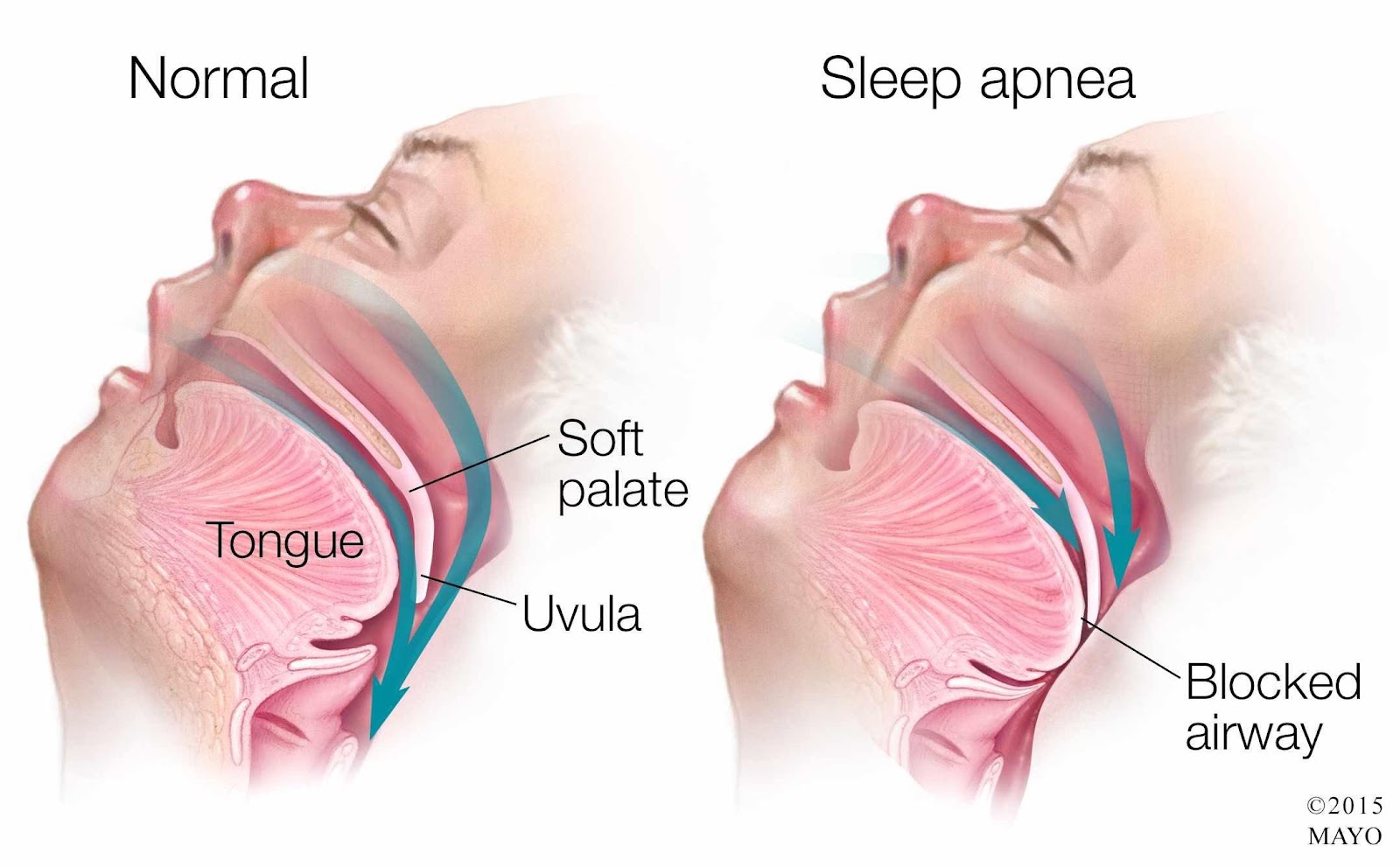A client who had a cerebral vascular accident (CVA) and is at risk for aspiration is being fed by an unlicensed assistive personnel (UAP). Which action by the UAP should the nurse recognize indicates the need for additional teaching?
Positions the head with the chin tilted slightly downward.
Raises the head of the bed to 60 degrees.
Places food on the unaffected side of the mouth.
Allows 30 minutes of rest before feeding.
The Correct Answer is D
Choice A Reason: This is incorrect because positioning the head with the chin tilted slightly downward can help prevent aspiration by closing the airway and directing food to the back of the throat.
Choice B Reason: This is incorrect because raising the head of the bed to 60 degrees can help prevent aspiration by using gravity to keep food in the stomach and away from the lungs.
Choice C Reason: This is incorrect because placing food on the unaffected side of the mouth can help prevent aspiration by stimulating the intact nerves and muscles that control swallowing.
Choice D Reason: This is correct because allowing 30 minutes of rest before feeding can increase the risk of aspiration by reducing the client's alertness and coordination. The UAP should feed the client when he or she is awake and responsive.
Nursing Test Bank
Naxlex Comprehensive Predictor Exams
Related Questions
Correct Answer is B
Explanation
Choice A Reason: This is incorrect because lifting and locking the side rails in place is a standard safety measure for all clients, but it does not address the specific risk of respiratory depression caused by morphine and OSA.
Choice B Reason: This is correct because applying the client's positive airway pressure device can help maintain airway patency and prevent hypoxia and hypercapnia, which are common complications of OSA and opioid use.
Choice C Reason: This is incorrect because elevating the head of the bed to a 45-degree angle can help reduce chest pain and dyspnea, but it does not prevent airway obstruction or respiratory depression.
Choice D Reason: This is incorrect because removing dentures or other oral appliances can help prevent aspiration, but it does not affect the client's breathing pattern or oxygenation.

Correct Answer is C
Explanation
Choice A Reason: This is incorrect because contacting the healthcare provider about the frequency of pain medication is a dependent intervention that requires an order from the provider. The nurse should first use independent interventions such as reviewing available prescriptions or providing non-pharmacological measures.
Choice B Reason: This is incorrect because encouraging the client to allow more time for the medication to work can imply that the nurse does not believe or validate the client's report of pain. It also can delay effective pain relief and increase suffering.
Choice C Reason: This is correct because reviewing the medical record for additional pain medication prescriptions can help identify alternative or adjunctive options for pain management, such as breakthrough doses, rescue doses, or non-opioid analgesics.
Choice D Reason: This is incorrect because administering an additional dose of morphine sulfate 0.2 mg intravenously can cause overdose, respiratory depression, or addiction. The nurse should follow the prescribed dosage, route, and interval of administration and monitor for adverse effects.

Whether you are a student looking to ace your exams or a practicing nurse seeking to enhance your expertise , our nursing education contents will empower you with the confidence and competence to make a difference in the lives of patients and become a respected leader in the healthcare field.
Visit Naxlex, invest in your future and unlock endless possibilities with our unparalleled nursing education contents today
Report Wrong Answer on the Current Question
Do you disagree with the answer? If yes, what is your expected answer? Explain.
Kindly be descriptive with the issue you are facing.
